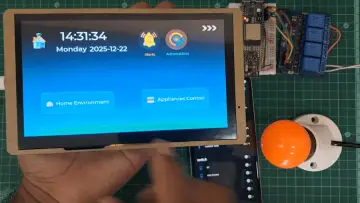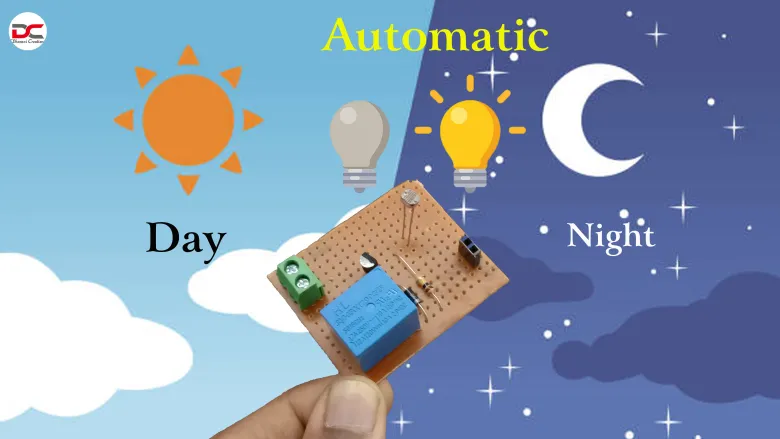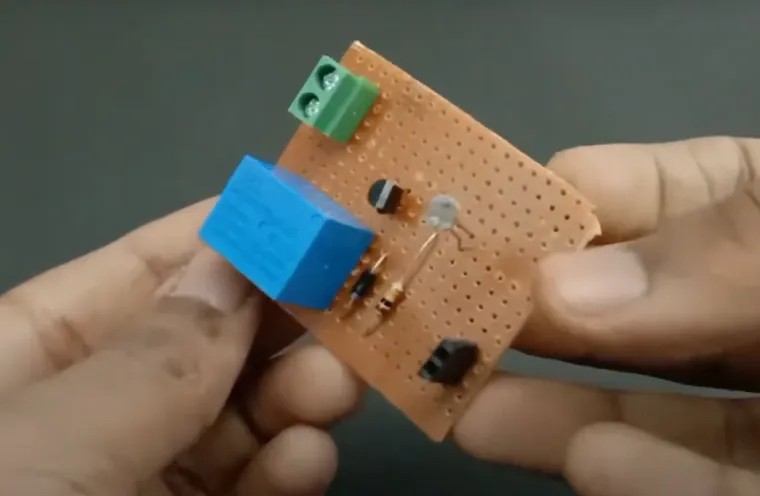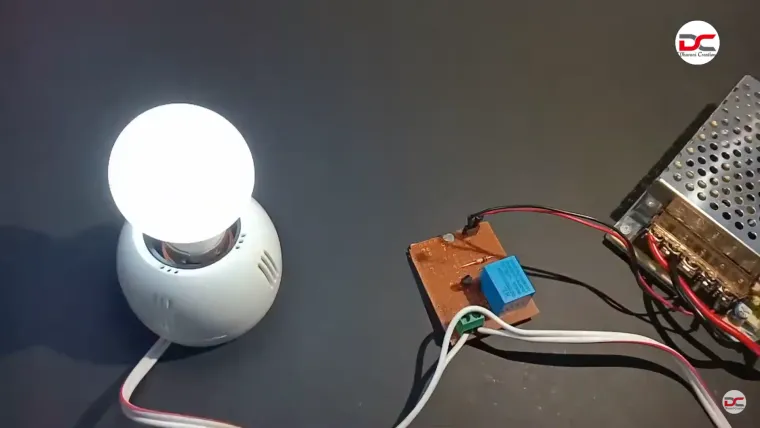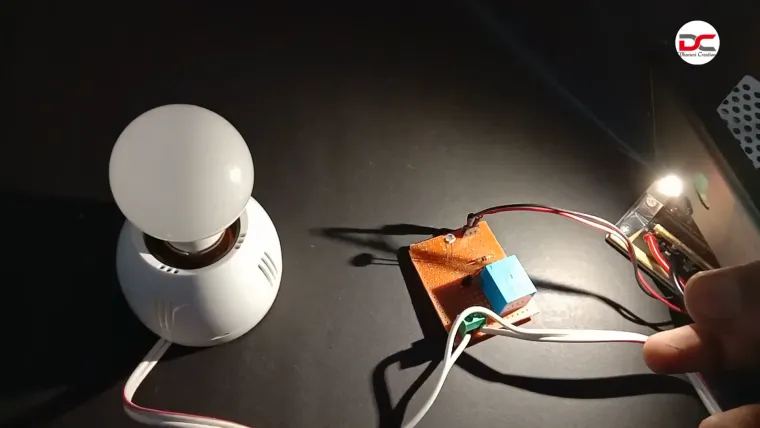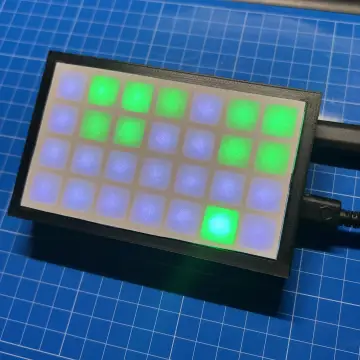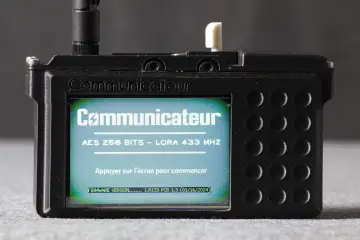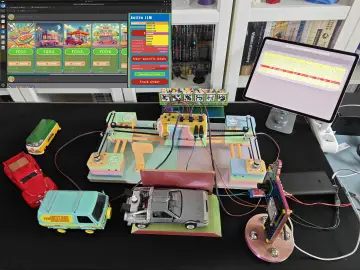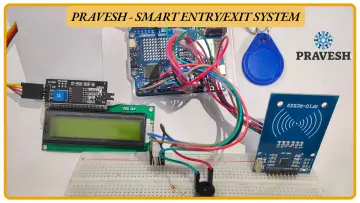Story
Overview
This project demonstrates a simple light-sensitive switch: it turns lights OFF during the day and ON at night. Ideal for street lights, garden illumination, or home automation.
Materials Required
-
LDR (Light Dependent Resistor / photoresistor)
-
BC547 (or equivalent) NPN transistor
-
Relay module (e.g. 12 V coil, SPDT)
-
Resistors (e.g., 10 kΩ, 330 Ω)
-
Zero PCB board or breadboard
-
Power supply (e.g. 9–12 V DC)
-
Diode (e.g. 1N4007) for back‑EMF protection
-
Optional: manual switch, LED indicator
Circuit Diagram
-
LDR forms half of a voltage divider, paired with a fixed resistor.
-
The voltage divider’s output is fed to the transistor base.
-
When it’s bright (day), the LDR resistance is low → base voltage low → transistor OFF → relay OFF → light OFF.
-
In darkness (night), LDR resistance increases → base voltage rises → transistor switches ON, activating the relay and powering the light.
Step-by-Step Instructions
-
Construct the voltage divider: LDR + fixed resistor → center node to transistor base through ~1 kΩ resistor.
-
Use BC547 as a switch: emitter to ground, collector to relay coil.
-
Relay coil powered from 12 V; diode placed antiparallel across coil.
-
Connect the relay’s output contacts to drive the external lighting circuit or LED.
-
Power the circuit with a steady DC supply.
-
(Optional) Add a manual override switch in series with load or relay.
Calibration & Tips
-
Adjust fixed resistor to set light/dark threshold; can use a potentiometer for tuning Arduino Forum.
-
Add hysteresis or time delay (e.g. via averaging or capacitor) to avoid flickering from passing shadows or clouds.
-
Install LDR away from the controlled light source to prevent feedback switching.
Example Arduino Variant
Some variations use an Arduino to read analog input from LDR and control a relay with code thresholds (e.g., activate when LDR reading drops below ~700)
Applications
-
Street and outdoor lighting control
-
Automated garden lights
-
Emergency lighting systems
-
Home automation for energy saving
Safety Notes
-
When switching AC mains, take proper insulation precautions or use a solid‑state relay.
-
For DC loads, ensure transistor and relay ratings are adequate.
-
Always include a flyback diode across relay coils to protect transistor.
Troubleshooting
| Issue | Solution |
|---|---|
| Light stays ON in day | LDR may be shaded; increase sensitivity threshold or clean sensor |
| Lights flicker intermittently | Introduce time delay or hysteresis in design |
| Relay chatter/clicking often | Check power stability; use proper decoupling and delay |
| Transistor overheating | Ensure base resistor value correct; check transistor ratings |












